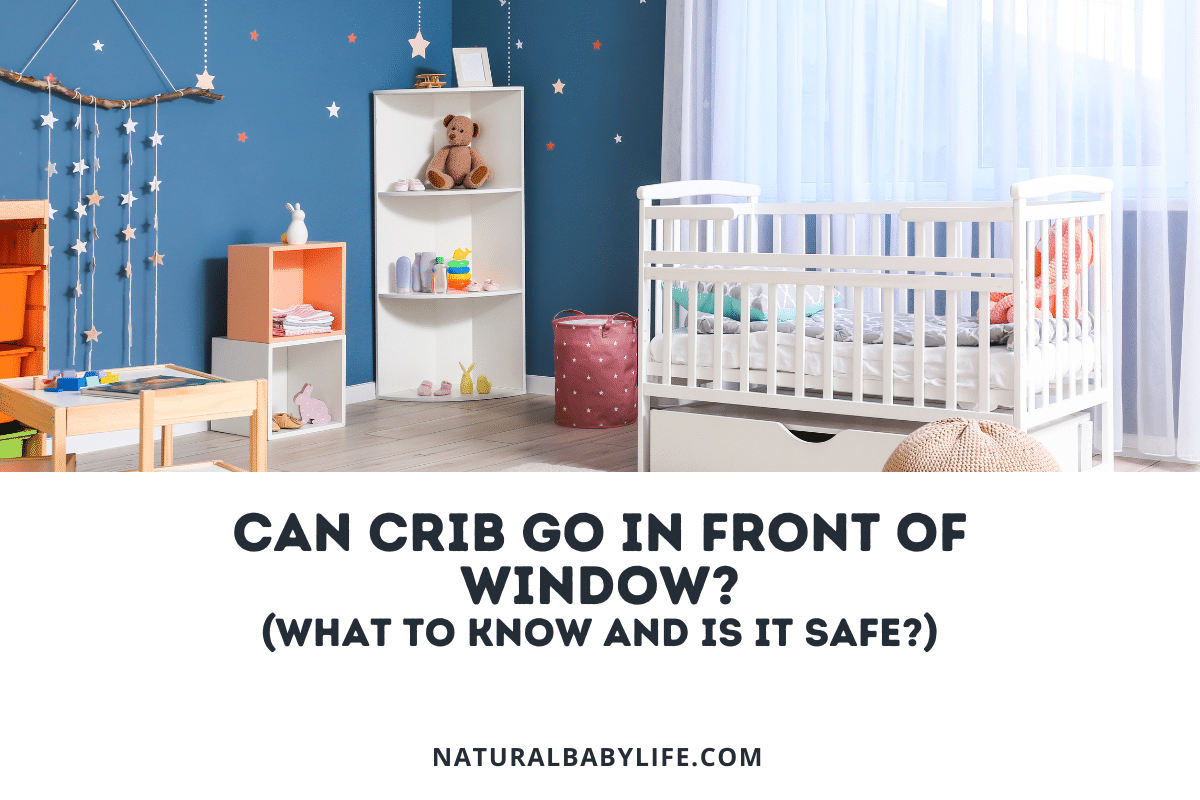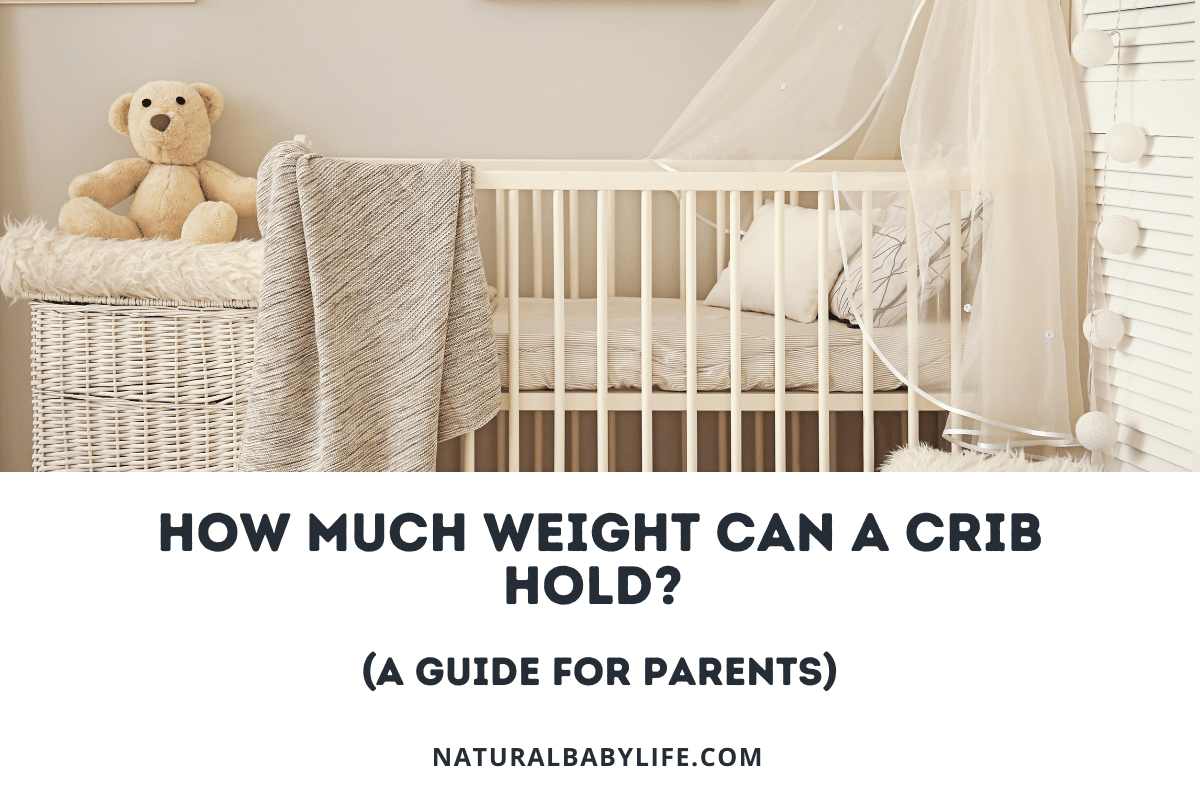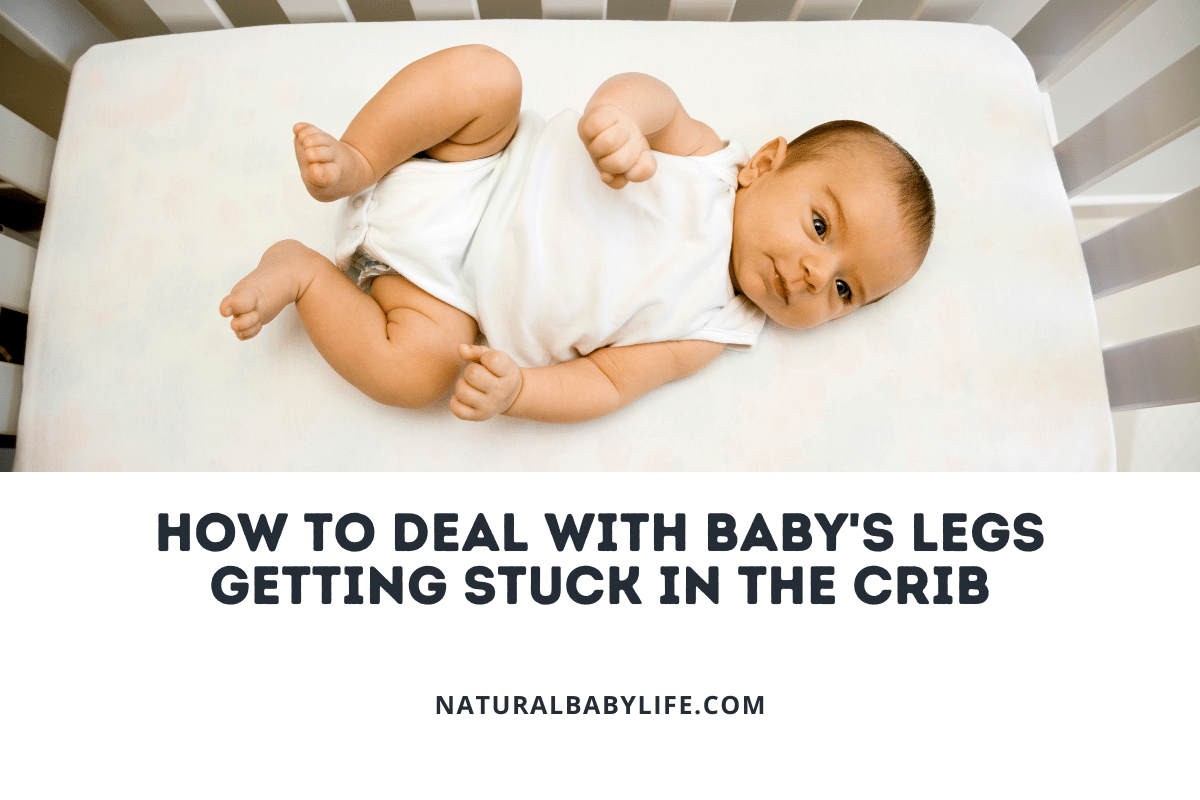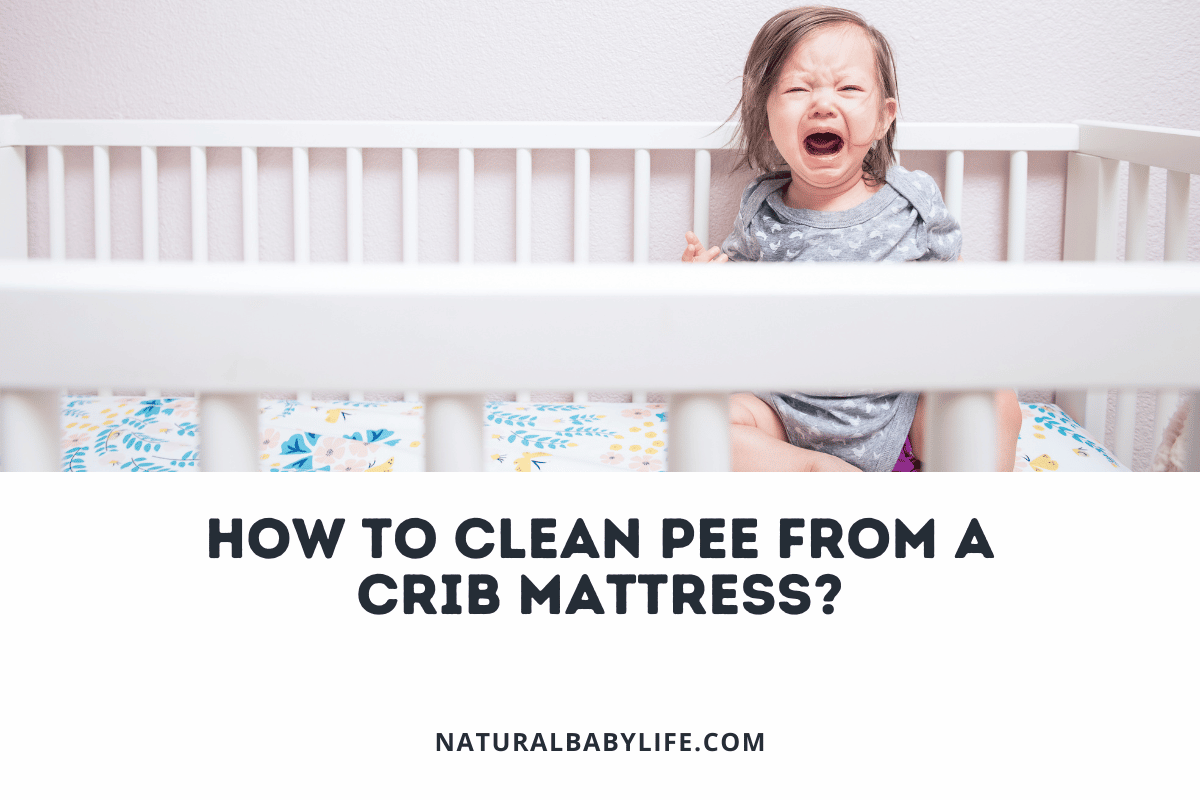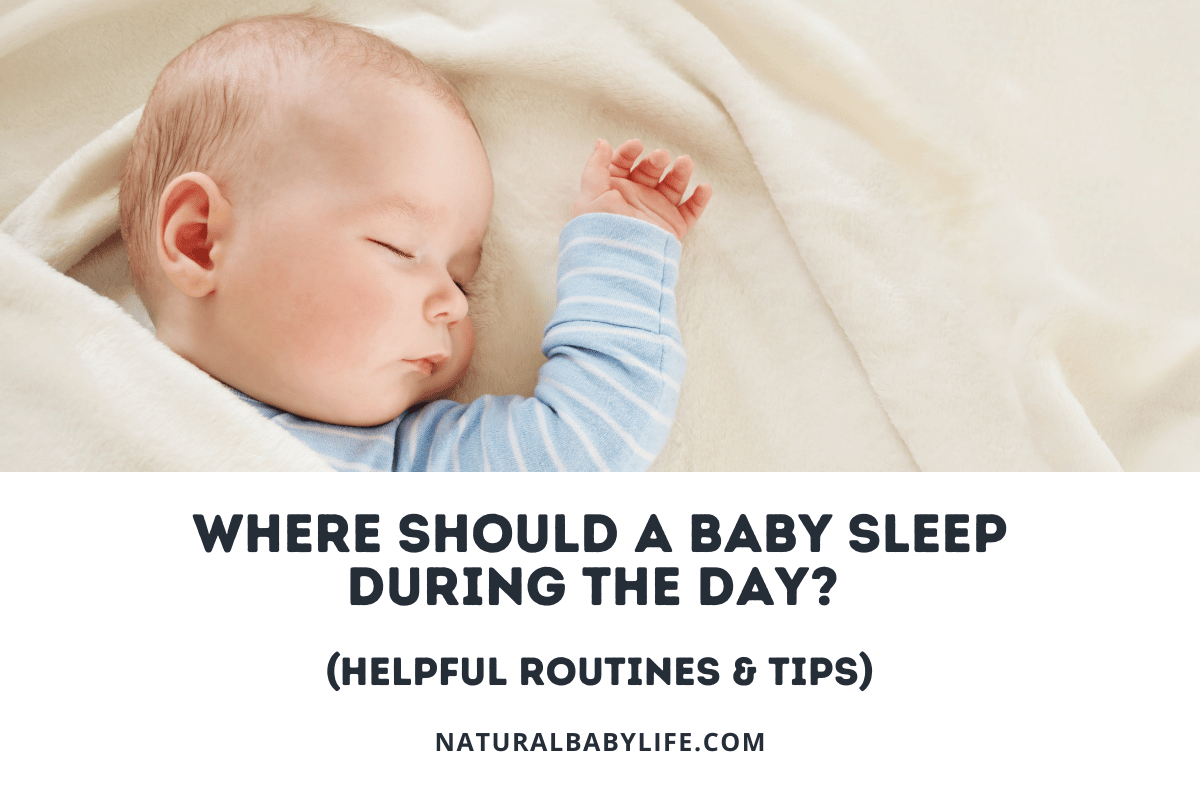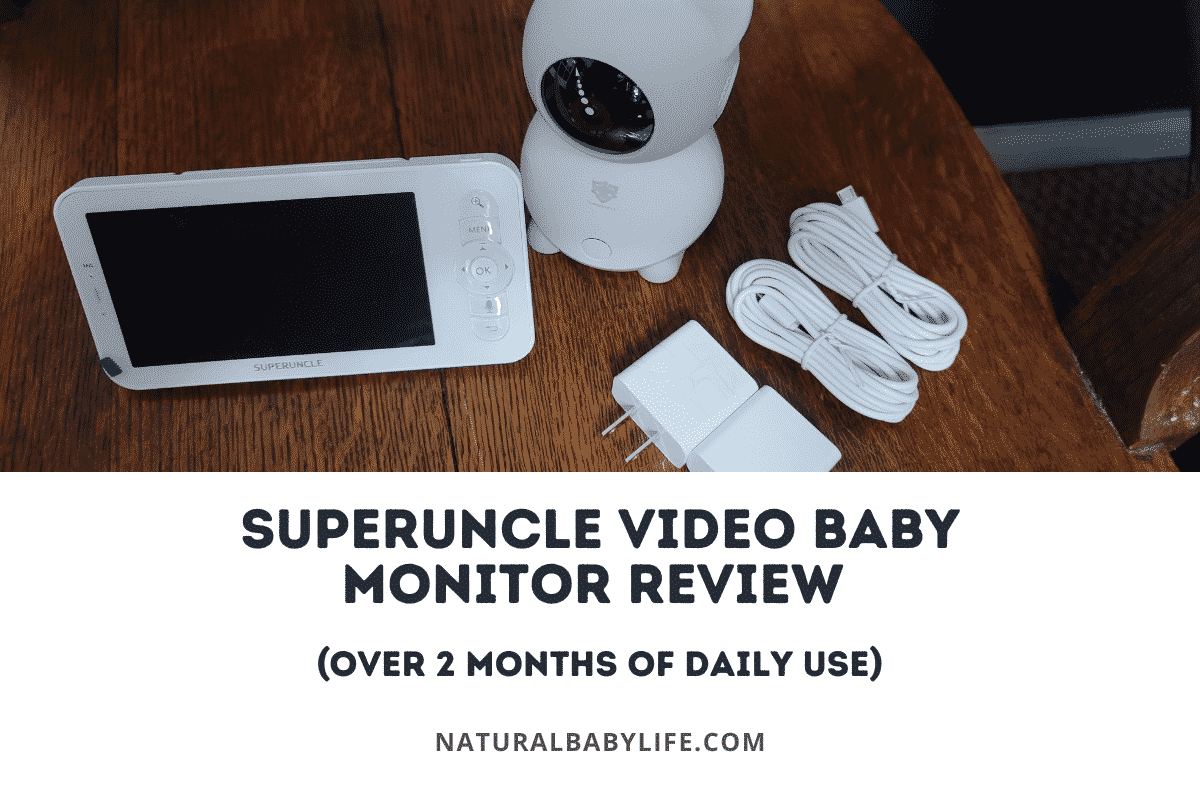I think most new parents underestimate the impact a new baby will have on their sleep. Between diaper changes, feedings, and general fussiness, babies can keep themselves up and everyone else in the house at the same time! Desperate to find a solution, I wondered if my baby needed a sleep sack to help them sleep through the night.
Sleep sacks are a great option for babies that are less than one year old to reduce the risk of suffocation and overheating from loose blankets. They provide a feeling of security for the baby, similar to swaddling, helping them sleep longer without startling themselves.
I’ll admit that I was a little skeptical about using a sleep sack instead of a swaddle, but I was pleasantly surprised at how effective they can be while a baby is sleeping. Let’s learn more about what they are and how to use them as well as a few notes about when to STOP using them.
Table of Contents
What is the point of a sleep sack?
When babies are first born, they are typically swaddled quite often when they sleep and even when they are awake to promote feelings of warmth and security similar to what they’ve been enjoying in the womb for the last nine months. Since babies have a strong ‘startle reflex’ for the first couple of months, this swaddle also helps keep them still and reduces the chances that they will startle themselves out of sleep.
Once that startle reflex dies down around the age of two months, however, it is recommended that you start letting their arms stay out of the swaddle. If you don’t, there could be an increased risk of suffocation as the baby starts to move more and potentially rolls over in their swaddle accidentally.
That’s where the sleep sack comes in.
Sleep sacks are supposed to pick up where swaddles leave off, providing a way for a baby’s arms to move freely while still keeping their legs covered up inside the bottom of the pouch. Just like a swaddle, the sleep sack will provide that sense of security that babies love and keep them warm at the same time.
How do sleep sacks fit into the AAP’s current sleep recommendations?
Regardless of what method you use to swaddle, bundle, or otherwise prep your baby for sleep, you need to know the current sleep safety recommendations from the AAP. Fortunately, sleep sacks do comply with their guidelines and they can eliminate the need for soft bedding inside the crib when you use them the right way.
Here are those guidelines:
- Babies should be sleeping on their back on a firm surface, such as a mattress, with a tight-fitting sheet.
- Do not allow any soft bedding to stay in the crib – it should be bare. This includes blankets, pillows, crib bumpers, and toys.
- The baby should share a room with the parents, but not the same bed.
- Avoid exposing the baby to any smoke, alcohol, or other drugs.
- Breastfeeding is recommended
- If caretakers think that there is any chance they will fall asleep while holding the baby, put the baby down in their own bed or hand them to someone else.
All of these recommendations carry through the age of 6 months, but ideally last through the first year at least.
Best sleep sack to try with your baby
Based on personal experience, advice from friends and family, and popular online reviews I highly recommend the Halo brand’s line of SleepSacks and swaddles. They have a size and style to fit all stages of your baby’s development starting at her first swaddle and ending with wearable blankets for bigger kids. They are available in a wide range of fabrics and designs depending on your personal needs.
What I love about this brand is that their products have been recognized by the International Hip Dysplasia Institute and First Candle organization for providing a safe environment that minimizes the most common risks associated with infant sleeping. Check out the latest options and prices on Amazon for these products here.
How to use a baby sleep sack
If you think swaddling is hard then sleep sacks are going to be a big relief because they are super easy to use!
Essentially, sleep sacks are just a sleeping bag with armholes and a place for the head to pop out at the top. To get your baby inside, just unzip the sack, place them inside, and zip it back up. Don’t be surprised if the zipper starts at the top and finishes at the bottom – it’s to make diaper changes easier!
Easy peasy!
Sure, it’s a little more complicated than that, but that’s all you really need to know.
How should a sleep sack fit?
Even though it’s quite easy to get your baby into a sleep sack it’s crucial that you don’t get something that fits poorly or you’re going to run into trouble. If the sack is too small, it will be uncomfortable for your baby. If it’s too big, you run the risk of your baby getting out of it or even slipping down inside of the sack while sleeping which could increase the risk of suffocation or overheating.
Most manufacturers will have many versions and sizes of their sleep sacks and sizing considers the age, height, and weight of your baby to get the right fit. I would personally favor the weight and height calculation instead of the age as it’s a better representation of how big your baby actually is.
Here are the general sizing recommendations based on the HALO sleep sack I recommended earlier:
| Preemie | Preemie | 14 to 19 inches 36 to 48 cm | Birth to 5 lbs Birth to 2 kg |
| Newborn | Birth to 3 months | 19 to 23 inches 48 to 58 cm | 5 to 10 lbs 2 to 4.5 kg |
| Small | Birth to 6 months | 23 to 26 inches 58 to 66 cm | 10 to 18 lbs 4.5 to 8 kg |
| Medium | 6 to 12 months | 26 to 30 inches 66 to 76 cm | 16 to 24 lbs 7 to 11 kg |
| Large | 12 to 18 months | 30 to 35 inches 76 to 89 cm | 22 to 28 lbs 10 to 13 kg |
| X-Large | 18 to 24 months | 35 to 40 inches 89 to 101 cm | 26 to 36 lbs 12 to 16 kg |
As you can see, their sizing goes all the way up to 24 months. I personally wouldn’t want to use a sleep sack with my baby for that long, but the option is there. Once babies are able to control their arms and legs, crawl, and otherwise move around freely they will probably get frustrated in the sleep sack. On the other hand, they could also develop a dependence on the sleep sack that could cause problems down the road when they truly grow out of the sizing limitations.
Do sleep sacks keep babies warm?
If you are worried about you baby staying warm at night in a sleep sack – don’t! In fact, I would probably be more worried that they get too hot inside the sleep sack rather than too cold.
You’ll be able to find sleep sacks made from all manner of materials including cotton, wool, muslin, microfleece, and velboa. Cooler environments might want to choose a wool material while warmer climates might want to check out the muslin or cotton versions to give more breathability.
What should baby wear under the sleep sack?
The industry uses so-called ‘TOG’ values when it describes how warm certain clothing or bedding is and there is a range that is considered safe for babies sleeping at night.
For reference, babies sleeping at normal ‘room temperature’ of 68-72 degrees should be fine in just a diaper and footie pajamas, even without a blanket. That means that you could probably get away with dressing your baby in just a diaper inside the sleep sack if it’s warmer inside, but it’s probably a good idea to add in a light layer underneath such as a onesie. If it’s colder inside your baby’s room, consider adding a heavier weighted fabric or a second layer.
It’s better for a baby to be too cool rather than too hot for safety reasons. Plus, your baby will likely cry and seem upset if they are too cold, but not necessarily the other way around!
As a general rule, don’t dress your baby in more layers than an adult would use to be comfortable in the room and you shouldn’t cover a baby’s head while she is sleeping. If the skin on the back of their neck or tummy feels damp, they may be too warm. If their arms, feet, or hands feel a little cool that’s fine – it helps them maintain their overall body temperature and they don’t need mittens or socks.
How long do babies use sleep sacks?
This is a tough question to answer because it will probably have a different answer depending on your situation.
Technically, children could use a sleep sack or some variation that has holes for arms and feet for many years as they grow. This is especially true if they are using it more for warmth or as a substitute for a blanket. Like I said before, it’s possible to develop a bit of a dependence on a sleep sack for some children. At the end of the day, the bigger sleep sacks are basically just a sleeping bag, anyway, so it’s probably not a big deal.
At some point though, you might want to purposefully transition out of the sleep sack and it seems as though the general recommendation here starts at about the age of one. At that point, your baby can move pretty freely and probably won’t get much benefit from the security that a sleep sack can provide.
Bottom line: Don’t worry too much about when you stop using the sleep sack as long as you are transitioning away from the swaddle at around two months once their startle reflex has subsided.
If you are having trouble breaking the sleep sack habit, consider picking up a fun sleeping bag to entice your little one to make the switch!
Can babies wear sleep sacks when they are rolling over?
While swaddling is a big problem for babies that are rolling over, nearly all sleep sacks will have armholes that will allow your child’s hands and arms to move freely. This means a sleep sack likely won’t cause issues when they are rolling over. It’s always wise to be on the lookout if it seems like your baby loves to roll over and doesn’t quite know what to do after it happens though!



